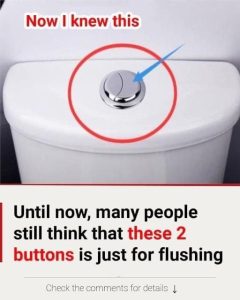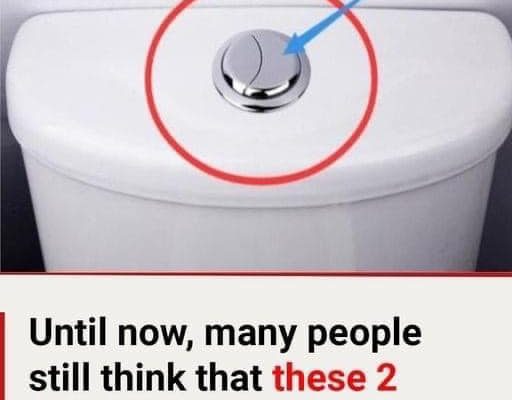The larger button on a dual flush toilet is designed for flushing solid waste, using around 6-9 liters of water. This ensures that waste is effectively removed without excessive water usage. On the other hand, the smaller button, which is meant for liquid waste, only releases about 3-4.5 liters of water. This distinction is key in promoting water conservation, as it prevents unnecessary water use for lighter flushes. Over time, a household that uses the dual flush system correctly can save up to 20,000 liters of water annually when compared to traditional single-flush toilets.
While installing dual flush toilets may involve a higher upfront cost compared to regular models, the long-term savings on water bills and the positive environmental impact make them a worthwhile investment. In many places, water is becoming an increasingly precious resource, and taking small steps like choosing the right flush option can make a substantial difference. Additionally, dual flush toilets often have a modern, sleek design, which complements contemporary bathroom aesthetics while offering functional benefits.
The concept of dual flush toilets was first introduced by the renowned designer Victor Papanek in 1976. However, it wasn’t until 1980 that the idea was brought to life in Australia, a country known for its progressive stance on water conservation. Since then, the dual flush system has been adopted worldwide, becoming a standard in environmentally conscious homes and businesses.


